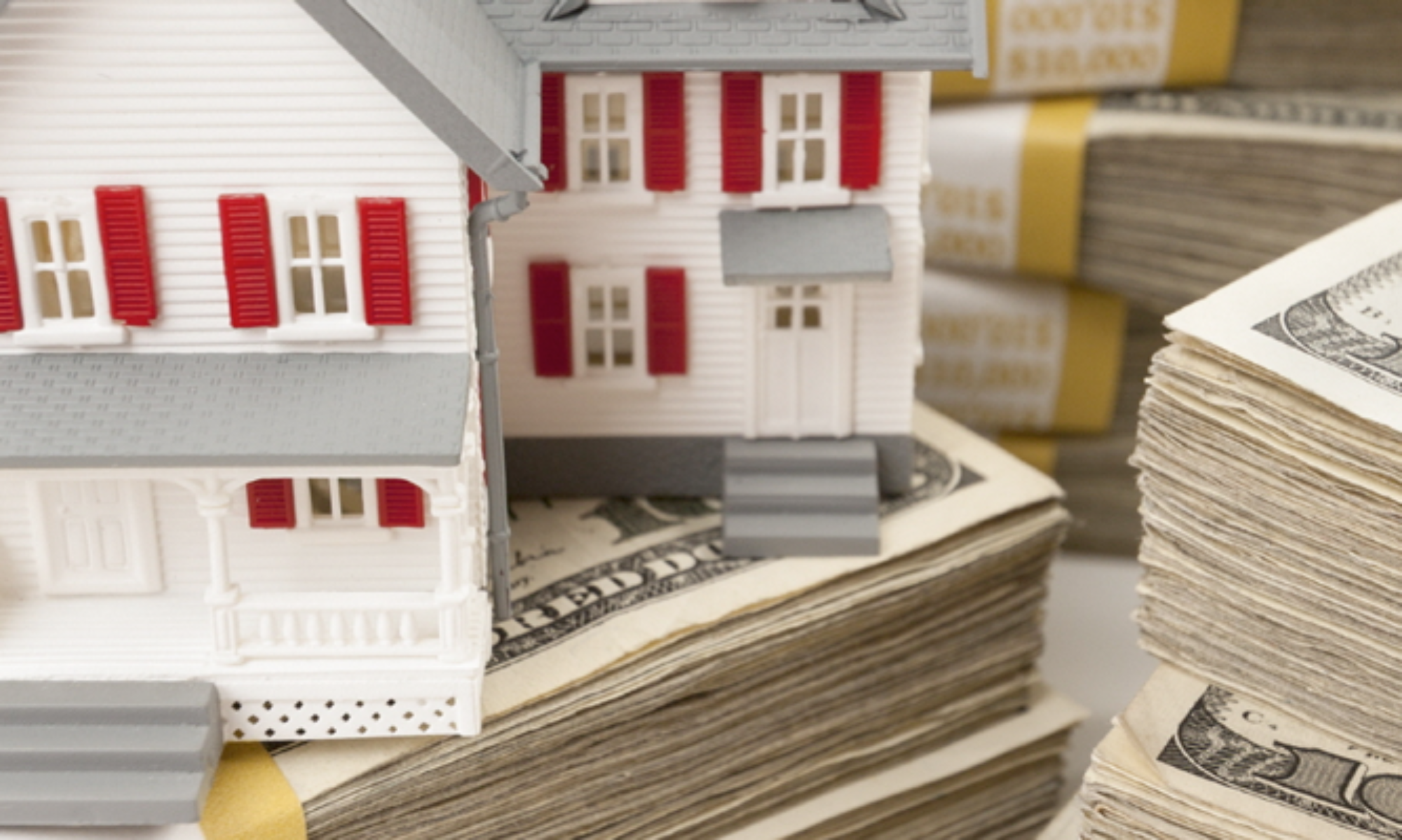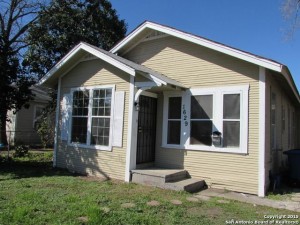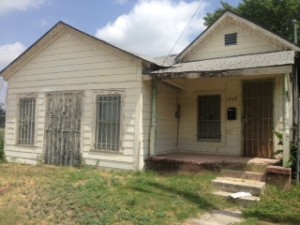The most important factor in our big investors’ success in buying the best San Antonio investment property is every house they buy is under market value. That is, they buy under market investment properties that need rehab.
How To Determine Market Value
One of the biggest reasons many investors we have become real estate agents is so they can determine market value of the best below market value San Antonio investment property on their own. It is never a good idea to use Zillow to determine market value of a property. Zillow is notoriously off base, especially when you are dealing with off market properties or an out of state investment property that are not in the MLS.
Also, bear carefully in mind that the value that you come up with will largely depend upon the repairs your under market value properties need. Our investors like buy properties that are at least 20% under market value. So if the house is worth $90,000 and needs $25,000 in rehab, buying the house at $115,000 is a waste of time and money. They want to buy that house for at least 20% under $90,000, or about $72,000, so they can make a good profit.
How Investors Buy Under Market Value Properties
There are several ways that our investors use to buy under market value properties in San Antonio TX, one of the best cities to invest in real estate:
- Buying fair market sale houses: These are houses that are owned by a private person who has equity in the house and there is no bank involved. Most of these sellers are in no rush to sell, so this can be tough. But our investors have bought many under-market value properties in estate sales; that is where they find most of their deals. In many cases, there are several children involved and they just want to be rid of the house that needs repair.
- Buy off market properties: Given our investors’ level of success in real estate investing, they tend to find many good deals that are not in the MLS. Agents and investors in the business send our site and top investors below-market deals. Of course, you need to get experience in the business to work this way, but know that if you do become successful, good deals often find you. We currently are analyzing several below market value properties that we will post on this site soon.
- Buy REOs under market value: These are Real Estate Owned properties, and these are houses that the banks have foreclosed on. REOs are usually in the MLS, and some of them will be repaired and some will not. Of course, REOs are tougher to find now and many of them need a lot of work. To make your offer more attractive, you may want to tell the seller you don’t need to do an inspection. Pay all cash if you can – cash is king!
- However you buy your under-market value investment property or out-of-state investment property, do not spend too much money on the rehab. Rehabs are where many investors lose their rears. Spend too much on your rehab and you will never make any money. Our top investors own a construction company and are able to do rehabs for 50% less than most contractors on the best San Antonio investment properties.
That in short is how our investors buy below-market value properties in Texas. The big thing to remember is to stick to your guns on your numbers – if you need to buy that house 20% under market value to make money, don’t go over it. Move on to the next under-market value property deal if you have to – there are lots of them out there!



